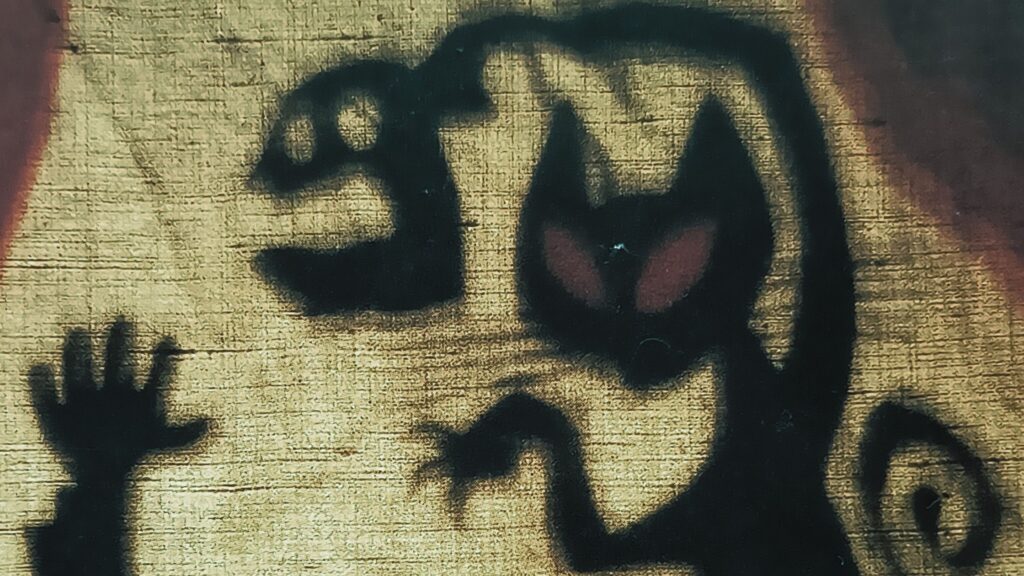Master and Margarita is a novel by Mikhail Bulgakov, written over a decade (1928-40). It was published in 1966, two decades after the author’s death. The script went through various stages of editing and hurdles from the soviet government at the time. Even though Stalin was very fond of Mikhail Bulgakov’s work, Master and Margarita were heavily influenced by the politics of the time. But still, the original script was published in 1967 by Elena Bulgakova, making it one of the most influential works of Russian literature.
Master And Margarita By Mikhail Bulgakov
The book is a very different piece of literature compared to Dostoevsky or Tolstoy. It is a mixture of satire, fantasy, theology and even political themes. And all this is interwoven together in a story that is romanticized to the very end.
“Everything will turn out right, the world is built on that.”
Moreover, pairing this with the fact that Mikhail Bulgakov is famous for burning scripts, one can say the same was done to this book, along with the censorship of the time. So, let’s explore more about this unique project from one of the most notable Russian authors of the 20th century.
Writing In The Time Of Censorship
Everyone knows that the soviet union was not the best place to pursue an artistic career. Still, one of the best literary works came from the highly censored Soviet regime. This itself is a testament to the art of breaking free from the shackles of tyranny. Similar is the case of Master and Margarita by Mikhail Bulgakov.
“You should never ask anyone for anything. Never- and especially from those who are more powerful than yourself.”
It is a masterpiece with the stake of one’s life under the censorship of Stalin’s regime. But that’s the beauty of this book, as it offers oppressive context with wit and urgency—some readers can often miss it on the first read.
Moscow Meets Jerusalem
The story unfolds in a dual timeline. The first one, the present, takes place in Moscow. Meanwhile, the second one takes place in Jerusalem at the time of Jesus’s persecution. Even though the two stories are not similar on the tale level, there is a resemblance in themes, especially morality, truth, cowardice and redemption.
“Why try to pursue what is completed?”
The genius of the book is that it fluently intertwines the two plots and portrays the present condition of society. At the same, there is a historical context of Pontius Pilate’s with the intrusion of the devil in Moscow. Without diving much into the plot, you can easily find parallels between the two stories, which are interesting to read.
Role and Symbolism Of The Devil
Satan is roaming free on the streets of Moscow, prophesying the deaths of individuals and causing a lot of problems. However, he’s an interesting character in a place where the concept of morality no longer exists. His sole presence and actions are sufficient for establishing the moral compass in the novel since he punishes corruption, lies and greed.
“and a fact is the most stubborn thing in the world.”
Bulgakov used the devil as a satirical device to expose the hypocrisy of the atheistic soviet union. On top of that, his role in setting the course of action across Moscow is very allegorical since he’s the chaos incarnate. Finally, you can also comprehend the existence of satan in the world of magical realism as it feels more natural.
The Feminine Force of Liberation
Margarita was introduced much later in the story, along with the main character. Her destiny or arch is the ending of the book. But she’s not just another love interest to the protagonist but a powerful individual in the story. And because of her deal with the devil, the liberation of the hero who was in a cell takes place. Thus, the union of two lovers at the end is not only expected but felt fulfilling.
“There is no greater misfortune in the world than the loss of reason.”
Margarita made a deal with Satan to set her lover free from the chains of society. In return, they both had to go back to Satan. Her deal with the devil is a symbol of sacrifice, love and artistic freedom. At the same time, it’s a role reversal of saviour as mostly men save women, but the opposite happens in Master and Margarita.
Master’s Struggle
Master is the main character who is the victim of his actions or alter ego. He was working on a novel which was burned. This sent him into a world of madness and took a toll on his artistic integrity. His character is a depiction of Bulgakov’s own life experiences woven into the story, which reveals more about the author.
“The tongue may hide the truth but the eyes—never!”
Even though the script was burnt, its eventual return proves one of the thesis of the book—manuscripts don’t burn. It’s an interesting idea that tells a lot about art in general. No matter how hard regime suppress art, it will eventually revive itself in any shape or form. Only just, people have to be ready for the renaissance.
Style, Language, And Magical Realism
Bulgakov’s linguistic concerns and world-building are exquisite and a treat to read. He is witty, poetic and sharp in his writings and fuses multiple genres in his works. You can find satire, fantasy, romance and political allegories in Bulgakov’s work. Moreover, the surreal events taking place in Moscow in the book resonate a deeper meaning to the reader.
“Cowardice is the most terrible of vices.”
Master and Margarita has a great setup and moves with a lot of characters and storylines. So, you have to be sharp and attentive during the reading. On top of that, it is a kind of book in which you need to give time to digest what unfolded. Rushing with this book is not the best-case scenario for the reader.
Philosophical And Theological Themes
Similar to any great book, Master and Margarita also explores the bigger question. The first one is the question of morality in a corrupt system like the Soviet Union. Then, there is the question of faith and belief in the lives of people living in such places. Thirdly, there is the central question of free will and how it impacts everything all at once. These are fascinating topics, and you can find a lot of allegories and ironies in the book regarding the philosophical questions.
“manuscripts don’t burn”
At the same time, the portrayal of Jesus and Pilate as complex human figures is reflected in the present society. There is a divine figure in a fallen world whose persecution, death, and resurrection change everything for society. The presence of guilt, redemption and the afterlife are the things holding society in the face of the abyss.
Final Thoughts On Master And Margarita By Mikhail Bulgakov
There are many reasons which make Master and Margarita a work of genius. It’s a unique book with a lot of layers of storytelling interwoven with satire and artistic freedom. However, the one thing that stands out about the title is its complexity, but in a good way. There are a lot of things going on which take the reader to a world of imagination and thinking. Thus, it’s a great read if you want to take a break from the control and chaos of this world.

